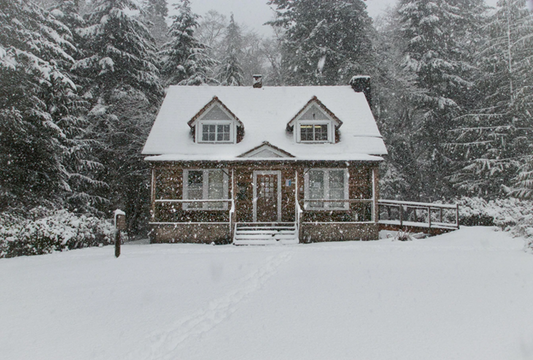Hose Nozzle News & Tips

How to Be Ready for Whatever Winter Sends Your Way
Will your home be ready if Old Man Winter suddenly sends a blizzard to your neck of the woods? When the temperature drops and the winds are howling, you want...
How to Be Ready for Whatever Winter Sends Your Way
Will your home be ready if Old Man Winter suddenly sends a blizzard to your neck of the woods? When the temperature drops and the winds are howling, you want...
Brass Garden Hose Nozzles Review and Shopping Tips
What do homeowners who have yards, gardens, and driveways have in common? Aside from an outdoor space, these households always need a water supply with a good garden hose nozzle...
Brass Garden Hose Nozzles Review and Shopping Tips
What do homeowners who have yards, gardens, and driveways have in common? Aside from an outdoor space, these households always need a water supply with a good garden hose nozzle...
How To Wash Your Car Using Garden Hose Nozzles
Taking the car to a car wash each time it is dirty costs money. It makes more sense to get a good garden hose and nozzle so you can have...
How To Wash Your Car Using Garden Hose Nozzles
Taking the car to a car wash each time it is dirty costs money. It makes more sense to get a good garden hose and nozzle so you can have...